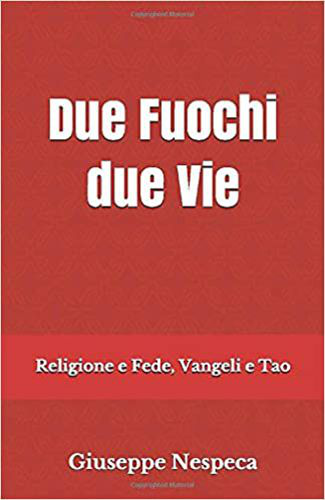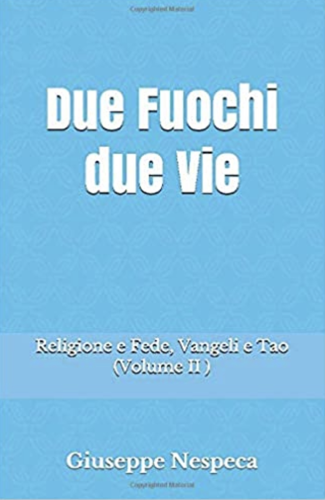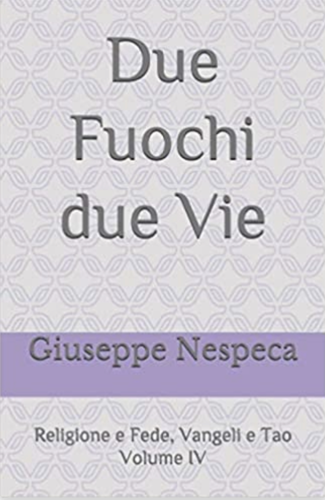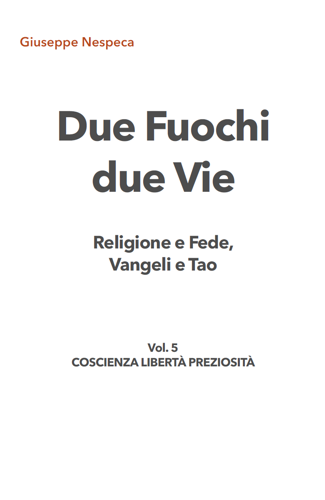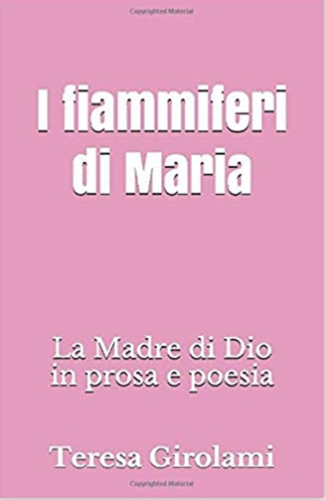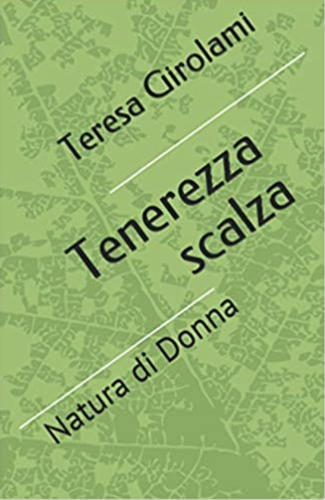"You are Peter, and on this rock I will build my Church" (Mt 16: 18).
What exactly was the Lord saying to Peter with these words? With them, what promise did he make to Peter and what task did he entrust to him? And what is he saying to us - to the Bishop of Rome, who is seated on the chair of Peter, and to the Church today?
If we want to understand the meaning of Jesus' words, it is useful to remember that the Gospels recount for us three different situations in which the Lord, each time in a special way, transmits to Peter his future task. The task is always the same, but what the Lord was and is concerned with becomes clearer to us from the diversity of the situations and images used.
In the Gospel according to St Matthew that we have just heard, Peter makes his own confession to Jesus, recognizing him as the Messiah and Son of God. On the basis of this, his special task is conferred upon him though three images: the rock that becomes the foundation or cornerstone, the keys, and the image of binding and loosing.
I do not intend here to interpret once again these three images that the Church down the ages has explained over and over again; rather, I would like to call attention to the geographical place and chronological context of these words.
The promise is made at the sources of the Jordan, on the boundary of the Judaic Land, on the frontiers of the pagan world. The moment of the promise marks a crucial turning-point in Jesus' journey: the Lord now sets out for Jerusalem and for the first time, he tells the disciples that this journey to the Holy City is the journey to the Cross: "From that time Jesus began to show his disciples that he must go to Jerusalem and suffer many things from the elders and chief priests and scribes, and be killed, and on the third day be raised" (Mt 16: 21).
Both these things go together and determine the inner place of the Primacy, indeed, of the Church in general: the Lord is continuously on his way towards the Cross, towards the lowliness of the servant of God, suffering and killed, but at the same time he is also on the way to the immensity of the world in which he precedes us as the Risen One, so that the light of his words and the presence of his love may shine forth in the world; he is on the way so that through him, the Crucified and Risen Christ, God himself, may arrive in the world.
In this regard, Peter describes himself in his First Letter as "a witness of the sufferings of Christ as well as a partaker in the glory that is to be revealed" (I Pt 5: 1). For the Church, Good Friday and Easter have always existed together; she is always both the mustard seed and the tree in whose boughs the birds of the air make their nests.
The Church - and in her, Christ - still suffers today. In her, Christ is again and again taunted and slapped; again and again an effort is made to reject him from the world. Again and again the little barque of the Church is ripped apart by the winds of ideologies, whose waters seep into her and seem to condemn her to sink. Yet, precisely in the suffering Church, Christ is victorious.
In spite of all, faith in him recovers ever new strength. The Lord also commands the waters today and shows that he is the Lord of the elements. He stays in his barque, in the little boat of the Church.
Thus, on the one hand, the weakness proper to human beings is revealed in Peter's ministry, but at the same time, also God's power: in the weakness of human beings itself the Lord shows his strength; he demonstrates that it is through frail human beings that he himself builds his Church.
[Pope Benedict, homily 29 June 2006]





